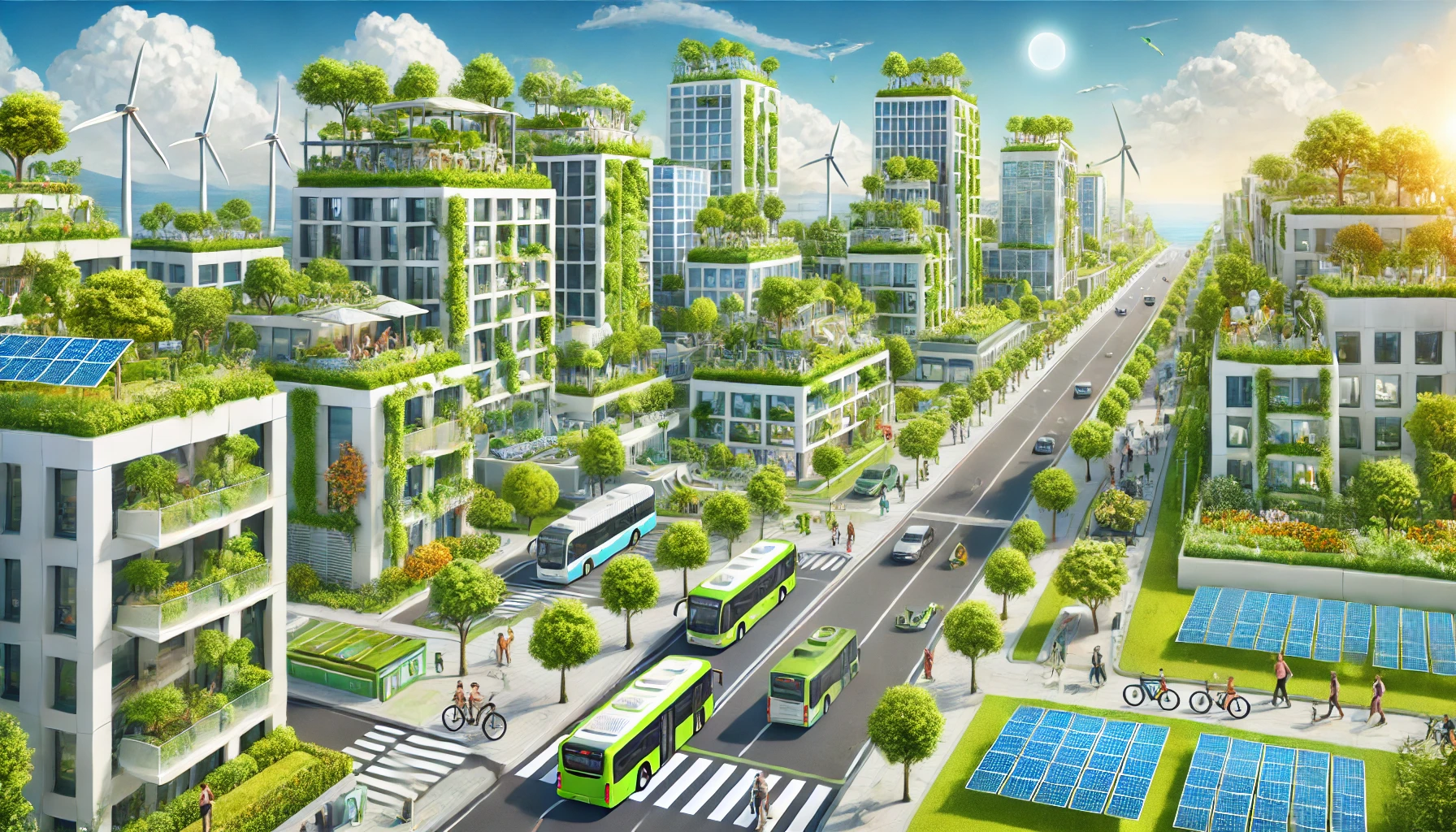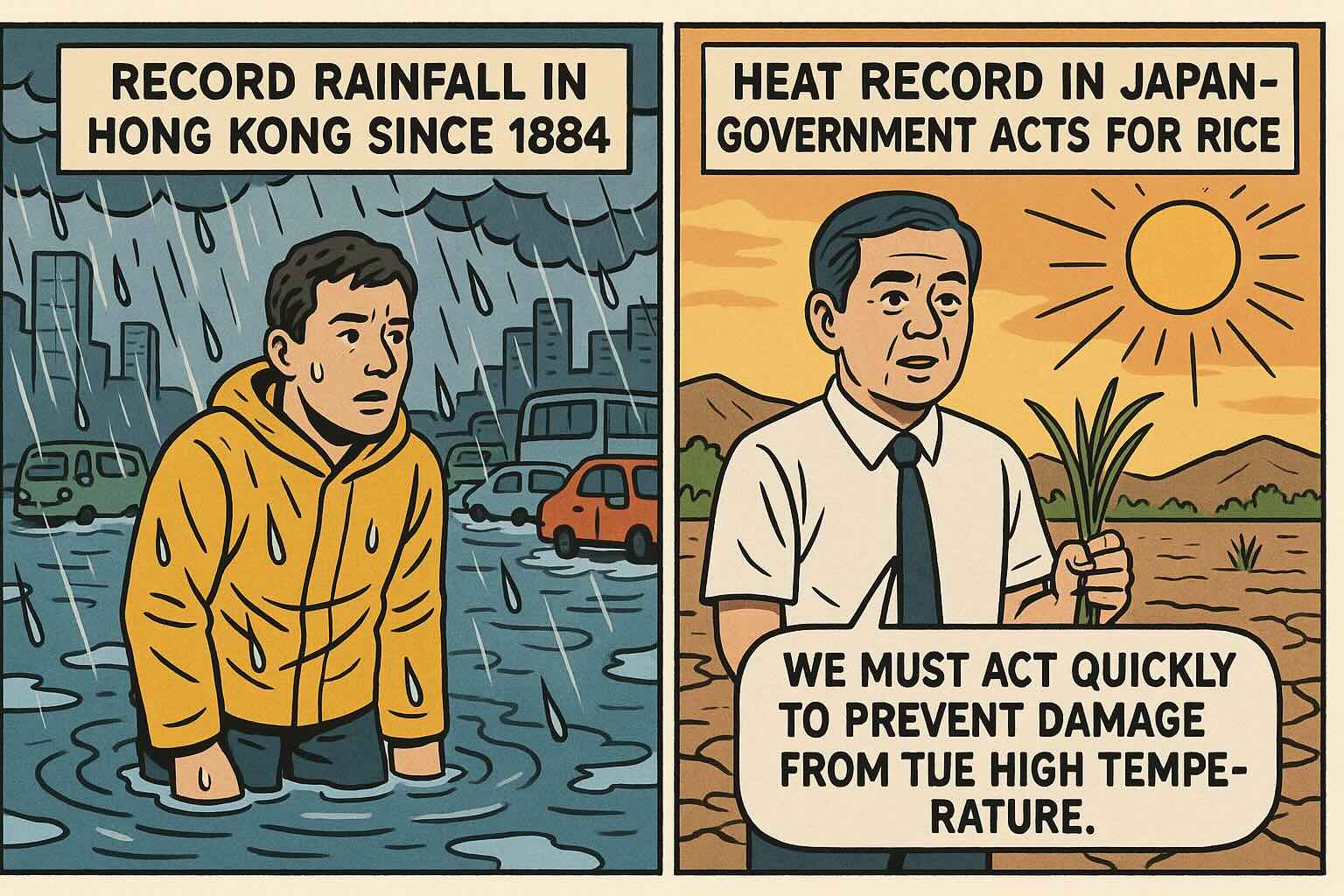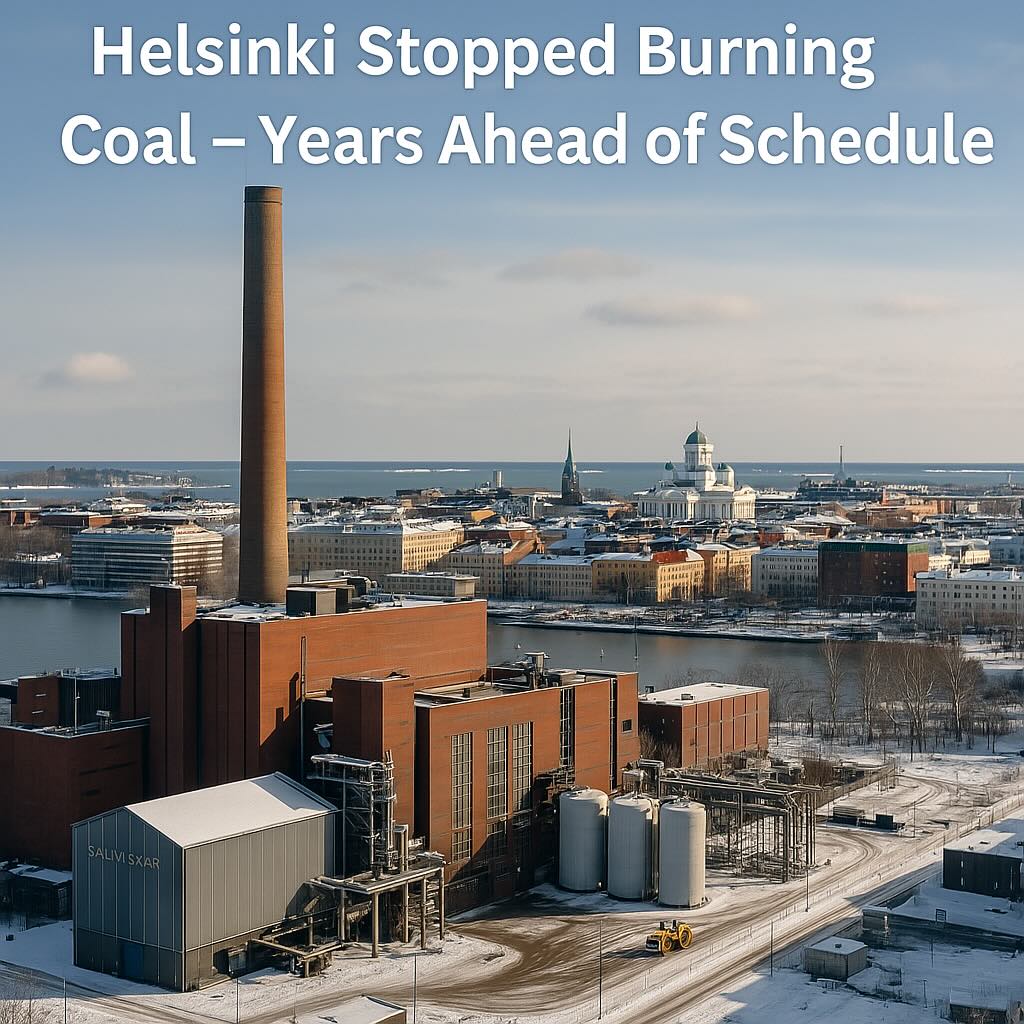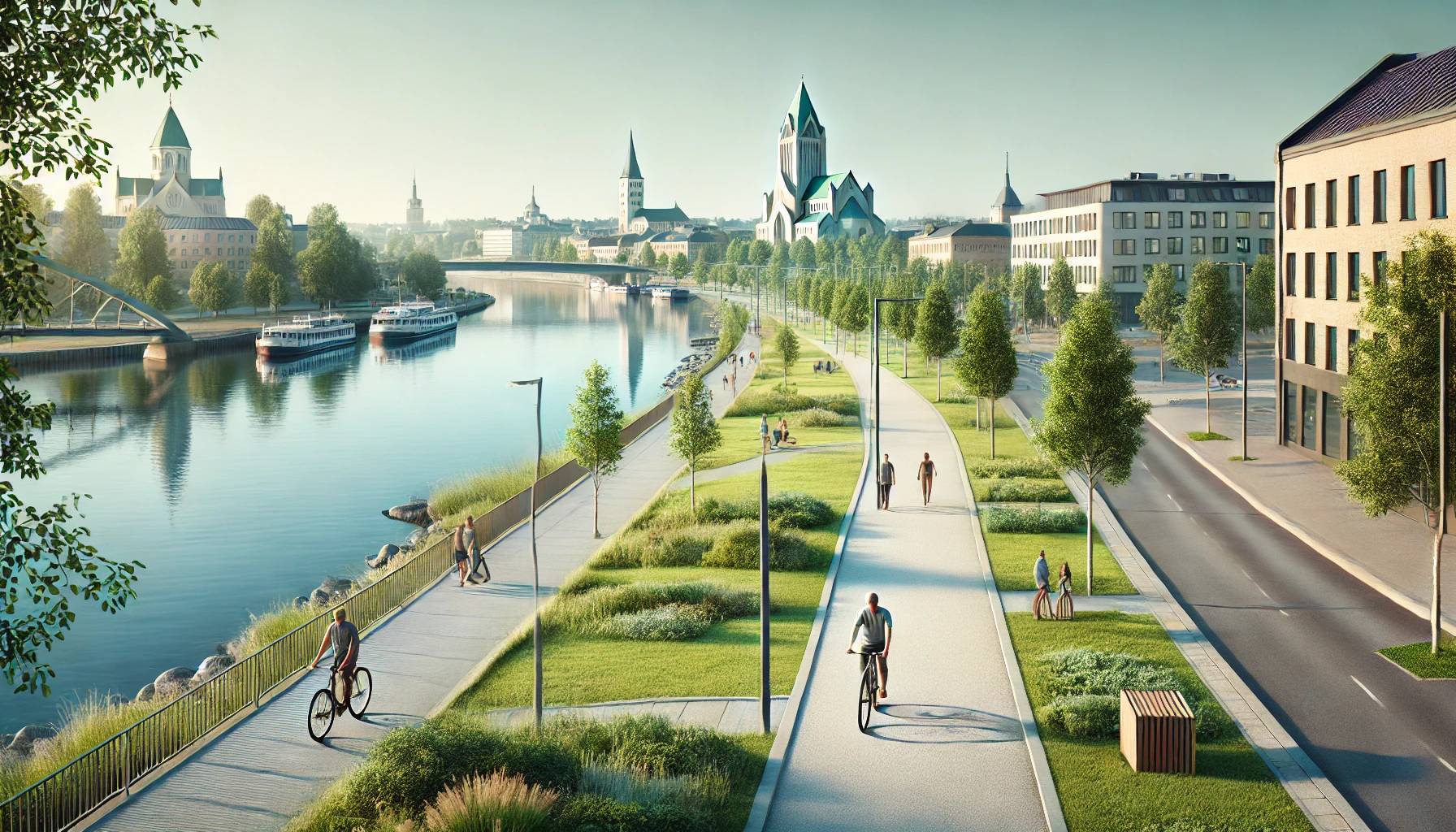
In recent years, cities around the world have ramped up their efforts towards sustainable development. From renewable energy to sustainable transport solutions and green urban planning, more cities are taking on the challenge of reducing their environmental impact while improving the quality of life for their residents. Here's an overview of some of the world's most sustainable cities, their progress, and their ranking in international sustainability indexes.
Gothenburg has established itself as one of the most sustainable cities in the world, regularly topping the Global Destination Sustainability Index. The city has set ambitious goals to become fossil-free by 2030 and has implemented green urban planning, expanded public transport, and renewable energy sources. Gothenburg aims to reduce carbon emissions per capita and has received international recognition for its environmental efforts.
Stockholm is another Swedish city that regularly ranks highly in global sustainability indexes. The city excels in low per capita carbon emissions and has an extensive recycling and waste management system. It also focuses heavily on green infrastructure, with a network of bike lanes and green spaces making the city more sustainable and livable. Stockholm’s goal to become a circular economy and reduce the environmental impact of construction and consumption contributes to the city's sustainability profile.
Copenhagen is one of the most ambitious examples of sustainable urban development, with the goal of becoming the world’s first carbon-neutral capital by 2025. With a strong focus on renewable energy and bike-friendly infrastructure, the city has become a role model for others. Copenhagen has also invested in public transport and sustainable buildings, making it easier for residents to live green.
Oslo leads Europe in sustainable transport solutions, with a rapidly growing fleet of electric vehicles and electrified public transport. The city is actively working to reduce its greenhouse gas emissions and has introduced a carbon tax as part of its climate goals. Oslo has also invested in green urban planning, with more parks and public green spaces to improve air quality and the quality of life for its residents.
Amsterdam is known for its innovative and sustainable solutions, such as cycling infrastructure and efficient waste management. The city has invested in renewable energy and sustainable urban planning, aiming to reduce its carbon emissions by 55% by 2030. Amsterdam is also a model in sustainable tourism, with a goal to create a more sustainable and responsible tourism industry.
Vancouver has long been a leader in sustainability, setting goals to become the greenest city in the world. Through investments in renewable energy, green building practices, and an extensive cycling infrastructure, the city has taken further steps in its pursuit to reduce its greenhouse gas emissions. Vancouver is also known for its efforts in green urban planning and has become an international example of how sustainability can be integrated into urban design.
Sydney is a city that is actively working to improve its green initiatives. It has invested in renewable energy, sustainable transport, and green urban development. The city has also implemented programs to reduce carbon emissions and improve energy efficiency, receiving international recognition for its work in protecting green spaces and natural resources.
Singapore is known for its vertical gardens and green buildings, and it has long been a pioneer in sustainable urban planning. The city has invested in water recycling, renewable energy, and smart technology to reduce its ecological footprint. Singapore is also an example of how urbanisation can be combined with green solutions to create a sustainable urban environment.
Tokyo is one of the world’s largest and most populated cities, and it has also taken on the task of becoming more sustainable. By investing in renewable energy, energy efficiency, and sustainable transport solutions, the city is working to reduce its greenhouse gas emissions. Tokyo also places great emphasis on increasing green spaces and protecting its natural resources.
Several of the world’s largest and most well-known cities are on the right track to becoming greener and more sustainable, with ambitions to reduce their carbon emissions, increase the use of renewable energy, and create more liveable and vibrant cities for their residents. Through sustainable urban planning, green infrastructure, and innovative initiatives, these cities are making significant strides towards a more sustainable future. As residents or visitors, we can all contribute to these efforts by supporting sustainable choices and encouraging our cities to continue developing in a greener direction.
Author
Sammy Salmela is a contributor to BestCityIndex with expertise in urban development and global city trends.
Stay updated with our latest insights and city rankings.

Introduction:The aroma of aged wheels, bubbling fondue, and freshly baked bread for cheese lovers, Europe is a true paradise. Here are five cities where cheese...

Date: 5 August 2025Source: AFP, Reuters, Local Weather AuthoritiesReading Time: 3 minutesIntroductionIn just one week, Asia has faced two stark climate...

Moving to Europe: Pros and Cons by Country for Work, Retirement, Education & Lifestyle Part 1.Moving from the United States to Europe is an exciting...




